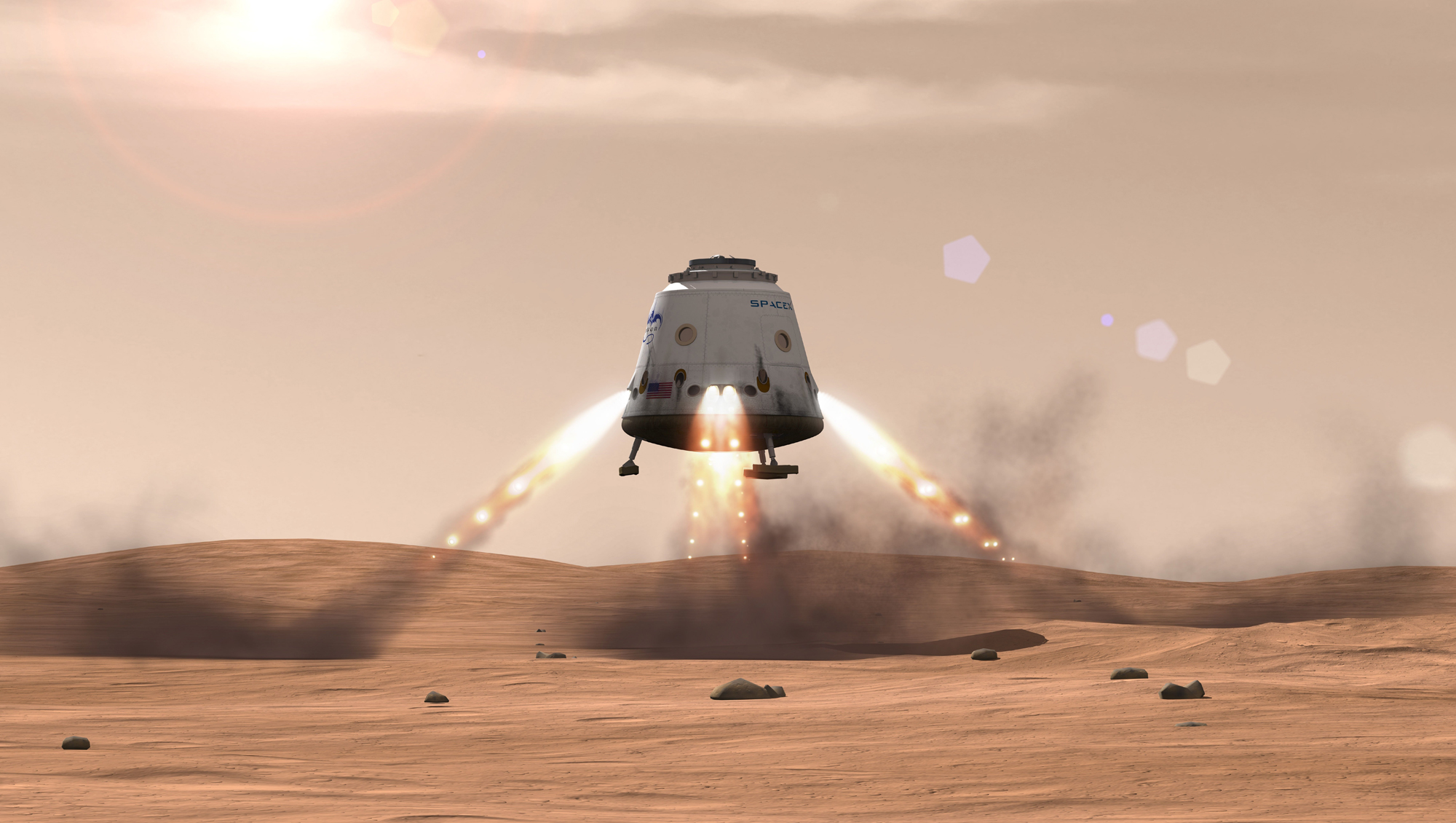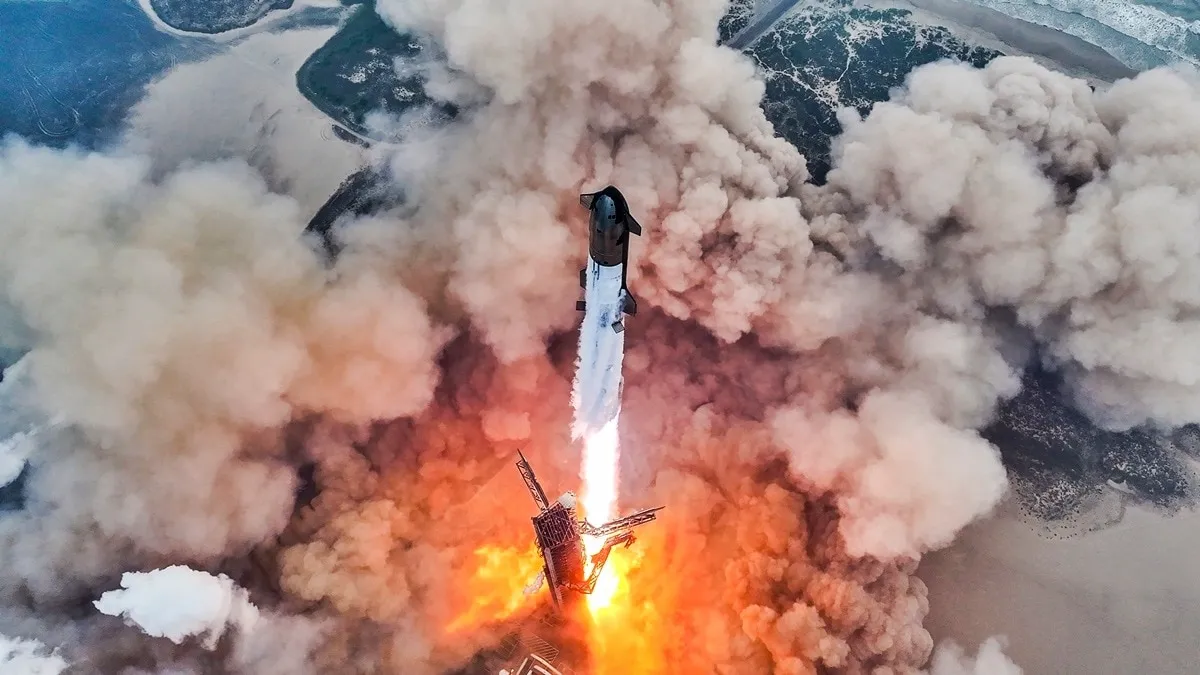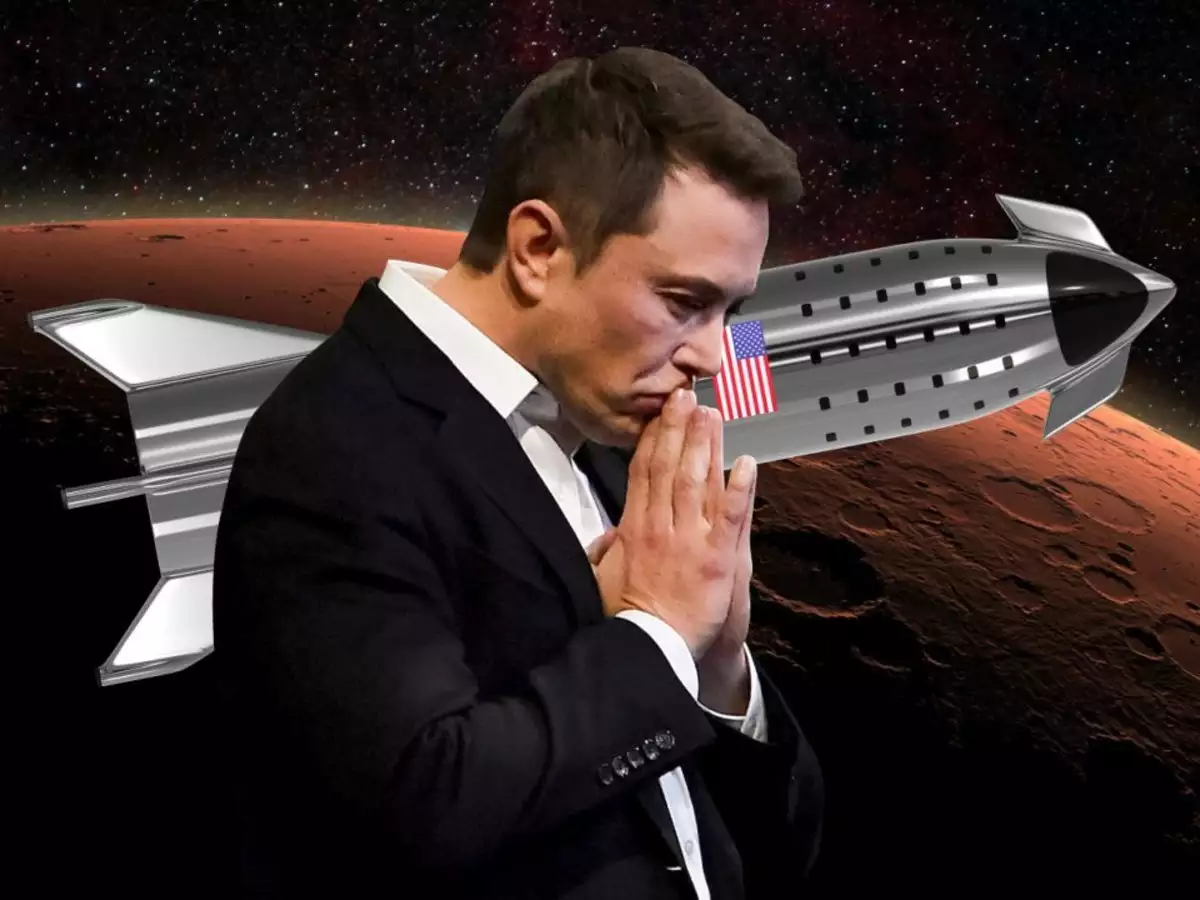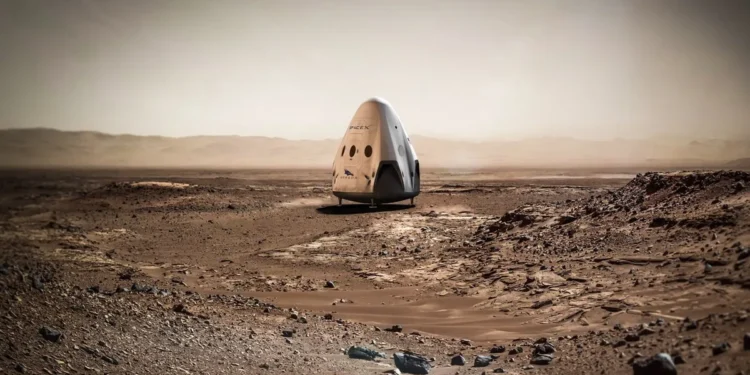As the race to space heats up, Elon Musk, CEO of SpaceX, has articulated ambitious plans to deploy Starship for Mars missions, projecting an audacious timeline that could set the stage for human colonization of the Red Planet. The spotlight on SpaceX has never been brighter as it prepares for groundbreaking unmanned and crewed missions to Mars, mapping out a future where humanity extends its reach beyond Earth.

Setting the Course for Mars
In a recent reveal, Elon Musk detailed SpaceX’s expansive strategy to commence Starship missions to Mars within the next few years. Musk’s latest projections suggest that SpaceX will send its first unmanned Starship to Mars by 2026, leveraging the next Earth-Mars transfer window. This phase will serve as a critical testbed for the technologies and operational paradigms essential for future human flights.
“SpaceX plans to launch about five uncrewed Starships to Mars in two years. If those all land safely, then crewed missions are possible in four years. If we encounter challenges, then the crewed missions will be postponed another two years,” Musk shared in a post on X, underscoring the intricacies and unpredictable nature of space exploration.
Human Missions and Beyond: A Timeline of Hope and Ambition
By 2028, SpaceX aims to escalate its operations by initiating human missions to Mars. Musk envisions a rapid expansion of interplanetary travel, stating that the number of trips between Earth and Mars will “grow exponentially from there.” This bold forecast paints a vivid picture of a bustling interplanetary route, bustling with activity and heralding a new era of exploration and possibly, colonization.
Musk further highlighted the criticality of the Earth-Mars transfer window, a recurring opportunity that dictates the timing of these missions. He noted, “This increases the difficulty of the task, but also serves to immunize Mars from many catastrophic events on Earth,” pointing to a broader vision of Mars as a sanctuary in the event of Earth-bound calamities.

Challenges on the Horizon: Regulatory and Bureaucratic Hurdles
Despite the technological and logistical prowess demonstrated by SpaceX, Musk has openly expressed concerns about external factors that could impede these ambitious plans. Regulatory challenges, in particular, have been a thorn in the side for SpaceX, as detailed in recent communications with the Federal Aviation Administration (FAA) regarding delays and fines associated with Starship test flights. “One of my biggest concerns right now is that the Starship program is being smothered by a mountain of government bureaucracy that grows every year,” Musk lamented in his post. He drew parallels with other large-scale projects hampered by bureaucratic inefficiencies, illustrating his broader apprehensions about policy and regulatory frameworks that could stifle innovation and progress.

Political Overtones and Future Uncertainties
Musk’s discourse has not shied away from intertwining space exploration ambitions with political commentary. His critique of current and potential future administrations underscores his anxiety over the political climate’s impact on space initiatives. Musk’s candidness about his support for specific political figures and his critique of bureaucratic expansion reflect his concern over the sustainability of pioneering space projects under varying political regimes.

As SpaceX charts a course towards these ambitious Mars missions, the global community watches with bated breath. The success of these endeavours could fundamentally alter humanity’s future, transforming sci-fi dreams of Martian colonies into reality. With each update from Musk and SpaceX, the pathway to Mars becomes slightly clearer, though peppered with challenges that test the resolve and ingenuity of all involved.
The journey to Mars represents more than just technological triumph; it signifies a hopeful stride towards a multi-planetary existence for humankind. As SpaceX continues to push the boundaries, the world remains eager to witness the unfolding of this grand cosmic venture.










